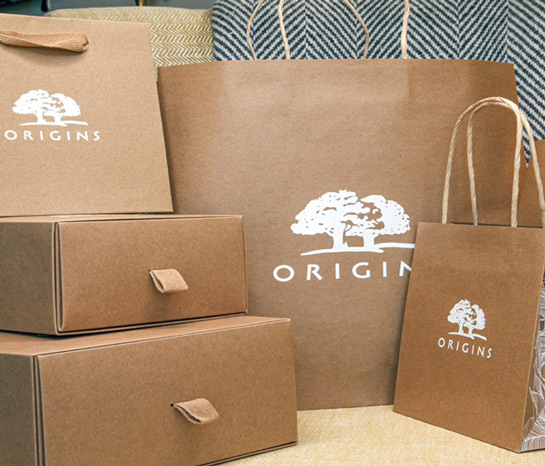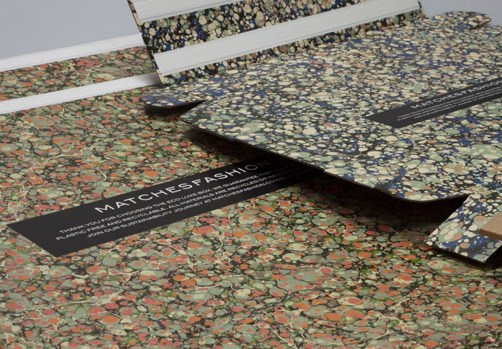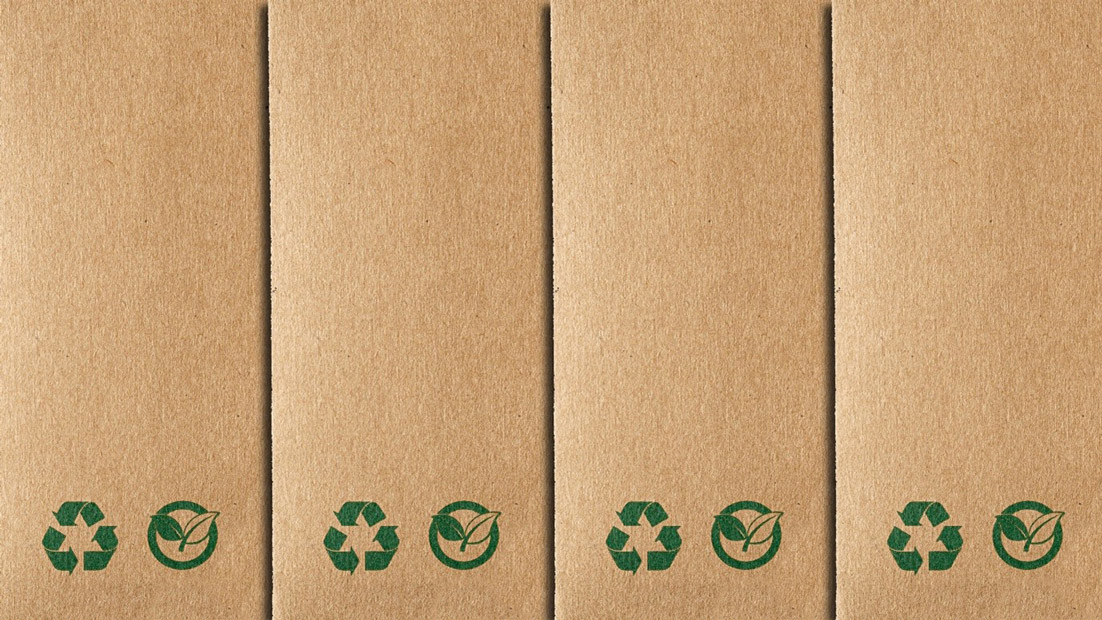
Those of us who work in the fashion, retail and packaging industries are, by now, aware of the urgency required to adjust to the climate emergency. Very few business leaders do not feel a sense of determination to make at least some changes to production practices.
Our hyper-connected world has generated new concerns for businesses to consider. None more so that the sustainability practices of brands – these can be scrutinised by consumers online and damage a brand irreparably.
For fashion brands and retailers, this new examination of ethics becomes a question of transparency and sustainability. The recent cases of high-profile online brands cutting networks of unscrupulous suppliers demonstrates two things.
The first, a lack of transparency has real-world consequences. What can begin as a customer’s tweet can end in a national news story. The second is that fashion is being forced to take transparency seriously.
And given that fashion is responsible for a staggering 10% of annual carbon emissions – fuelled largely by unsustainable packaging – it must embrace this transparency and rethink its packaging problem. By 2030, the total amount of fashion waste is expected to be around 148 million tons.
The dramatic shift to ecommerce retail in 2020 makes sustainable brand packaging increasingly critical. It is becoming the primary touchpoint between brand and consumer, suppling the discovery, excitement and engagement once provided by physical shopping.
To avoid the pitfalls that await those reluctant to commit to open and sustainable packaging production, brands must avoid excessive waste at the initial stage of the production process.
Sustainable supply chains

A supply chain begins with the sourcing of raw materials. As with fabric sourcing for clothing and accessories, packaging materials should ideally be sourced ethically, providing sustainability and full transparency of procurement.
Where possible, use of recycled materials should be encouraged, so fewer raw resources are required, and a circular economy is created.
Prohibitive costing can be negated through brand partnerships. Raw materials can be sourced collaboratively and shared, creating lower costs, less waste, and a smaller carbon footprint.
Fashion houses - as mentioned above - are beginning to select suppliers who promote fairer working conditions. However, this primarily concerns the manufacturing of products. So far, packaging has generally evaded these same principals.
This is unlikely to last. Brands and retailers should pre-empt the inevitable and develop relationships with packaging suppliers who adhere to the highest ethics.
Fashion brands are quick to condemn exploitative working conditions. But much of the time, those same conditions exist in the production of their boxes, bags, and other packaging elements. As consumer transparency intensifies, this element of the supply change is destined to recede.
Travel is one of the most significant factors of global warming and for fashion brands, air miles are a particularly wasteful cause for concern. The issue of climate change has been a burden for the luxury fashion industry, with its connotations of excess waste and indulgence. Therefore, we see the biggest brands perpetually reiterate their eco-credentials.
But, despite the incessant ‘green-washing’ messaging, fashion brands need to do more to combat wasteful supply chain practices. The transportation of goods and materials, from one point in the supply chain to another, should be a key consideration for both the product and packaging production lines.
If materials are sourced in one country, but the packaging in which it will be shipped in is imported from the other side of the world, a brand cannot credibly continue to claim eco-sustainability. This is embracing wasteful practices, rather than rejecting them. Sourcing a manufacturer closer to the end user must become the default procedure.
Reduce, reuse and recycle

To understand the changing nature of the consumer, and the demands this puts on fashion brands, consider the reaction of customers who receive less than satisfactory packaging.
Upon receiving packaging with no recyclability or those that demonstrate failed sustainability initiatives, it’s not uncommon from consumers to take to social media. When complaints resonate, a campaign emerges, picked up by the relevant press, with brands then compelled to alter packaging and products. A recent example of this is Glossier’s pledge to cut back on its signature pink bubble wrap after an online backlash.
This damaging oversight is easily avoided. Finding a sustainable packaging supplier will ensure paper bags and cardboard boxing are deployed, incorporating innovations such as weather-proofing and elongated durability.
At Delta Global, we avoid the drawback of magnetic closure systems that compromise the recyclability of otherwise sound packaging by using our Delta Removable Magnet System® (pictured). This allows magnets to be easily removed and the package can be flattened, recycled, and reused.
Importantly, boxes that are rendered to the highest standards and host an anti-crush functionality mean they can be kept and repurposed, offering additional use to the consumer and keeping them out of landfill.
We know that many consumers enjoy providing a second life for Hermés boxes as part of the Hermes ‘experience’, while Tiffany’s robins-egg blue box has an entire consumer market of its own. Producing retail packaging boxes of this quality means continual reuse that satisfies both environmental and transparency demands.
And those demands are unlikely to recede. The fashion industry has taken great care to present a commitment to transparency and equality. But without a systematic shift to sustainable packaging for fashion, its astonishing contribution to material waster will remain.
Find your sustainable packaging solution
For more information on ecommerce packaging solutions, contact the Delta Global team today.
